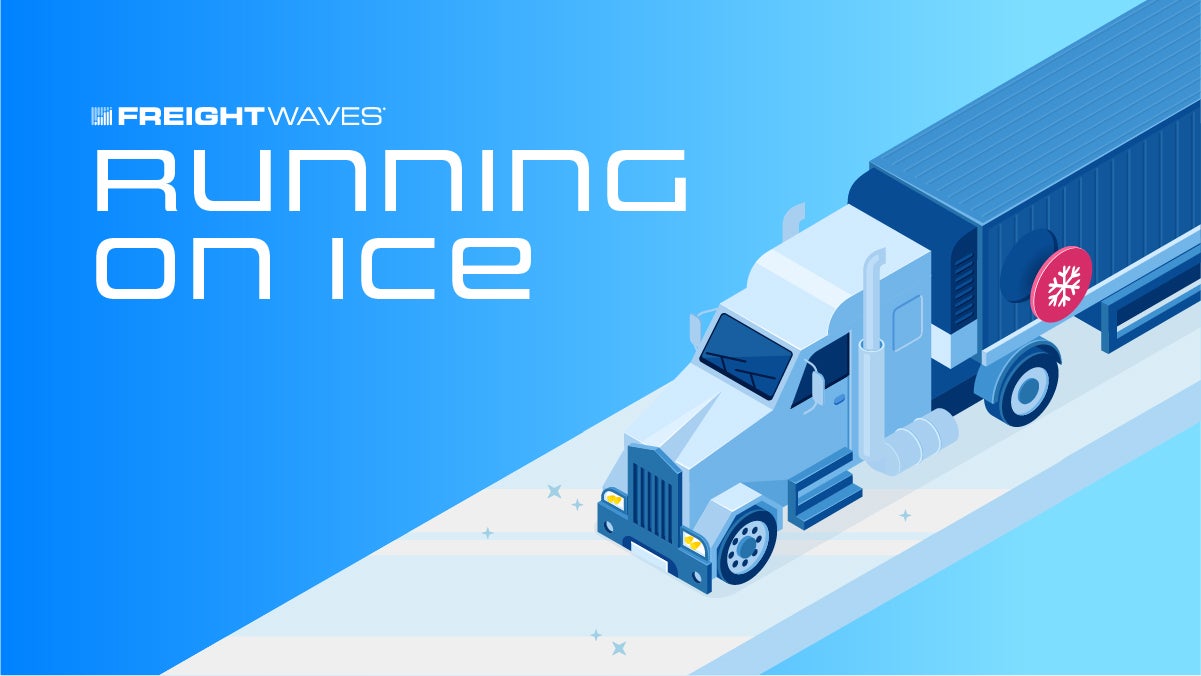All thawed out
Running on Ice is doing something a little different this week. Instead of looking at a few separate news hits, we’re diving into one larger issue for the week. We’re taking a look at the continued growth in the cold chain in 2024.
NTT Data, Penn State and Penske’s 2024 Third-Party Logistics Study focuses on partnerships and collaboration through data. So what does the 3PL study have to do with cold chain? Great question. Let’s get into it.
The study found that demand within the cold chain is increasing in the fresh and frozen segments. That has resulted in higher demand for cold storage warehouses as well as logistics providers to serve the space, and cold chain providers’ traditional role has evolved into something more.
Not only is demand for cold chain services increasing, but demand for related services, specifically food handling, has risen as well. The Food and Drug Administration issued new requirements for additional traceability records for certain foods. Essentially, the regulation will help transform the nation’s food safety system by shifting the focus from responding to foodborne illness to preventing it. The requirements, which take effect on Jan. 20, 2026, create new traceable Alternative Supply Sources.
This new regulation, the traceability aspect on smaller parcels and the documentation that comes with it, creates a host of other issues that cold chain providers are having to deal with before it takes effect in two years.
“At the end of the day, demand is strong and the overall environment is good, but it is not without its challenges and potential disruptors,” C. John Langley Jr., clinical professor of supply chain management in the Department of Supply Chain and Information Systems at the Pennsylvania State University, said in the study.
The role of the cold chain provider is fundamentally different from how it started. What began as ice on insulated boats and then moved into refrigeration units on trailers has now become a multibillion-dollar industry.
As a result, automation, at the warehouse level and throughout various spots of the cold chain, has become the new standard for operations. Not only does it help with warehouse efficiency, but it’s a major asset when it comes to making the most out of the labor force.
Cold storage warehouse positions are some of the hardest to fill and keep filled, which isn’t surprising when the highlight of the job is working in a freezer for 12 hours. A survey by the Global Cold Chain Alliance reports that turnover in the cold storage industry averaged 32.6% in 2019.
The warehousing industry is among the four industries with the highest worker turnover rate at 37%, with the average turnover rate across all industries at only 3.6%. According to the U.S. Bureau of Labor Statistics, an increase in warehouse job openings is seen yearly as the numbers of quits and terminations continue to rise too. The staffing issues that plague warehouses means that process improvement and automation have to be at the forefront of the conversation.
Cold chain lanes
This week’s SONAR spotlight is on the Reefer Outbound Tender Volume Index, offering a glimpse into the past three years’ seasonal trends. Compared to this time last year, reefer outbound tender volumes have dipped by 6.12%. This decline is a familiar pattern that typically occurs at the onset of spring, as some protect-from-freeze freight transitions back to the dry van sector. One promising note for the start of 2024 is the minimal volatility observed in the reefer market overall, a stark contrast to the turbulence experienced in 2022. Looking ahead to the remainder of the spring, the forecast resembles March’s status quo. However, the litmus test looms at the dawn of May, when summer freight begins to take shape. As the industry braces for the impending summer surge, the market’s resilience and adaptability will be in the spotlight.
Is SONAR for you? Check it out with a demo!
Shelf life
Panasonic to release commercial air-to-water heat pumps using natural refrigerants for Europe
DP World announces resilient FY2023 results
Buying the food supply chain comes with income, growth, and safety
St. George to hold public hearings on housing, Cold Storage uses
Michigan trucker guilty of setting Swift Transportation trailers on fire
Wanna chat in the cooler? Shoot me an email with comments, questions or story ideas at moconnell@freightwaves.com.
See you on the internet.
Mary
If this newsletter was forwarded to you, you must be pretty chill. Join the coolest community in freight and subscribe for more at freightwaves.com/subscribe.







